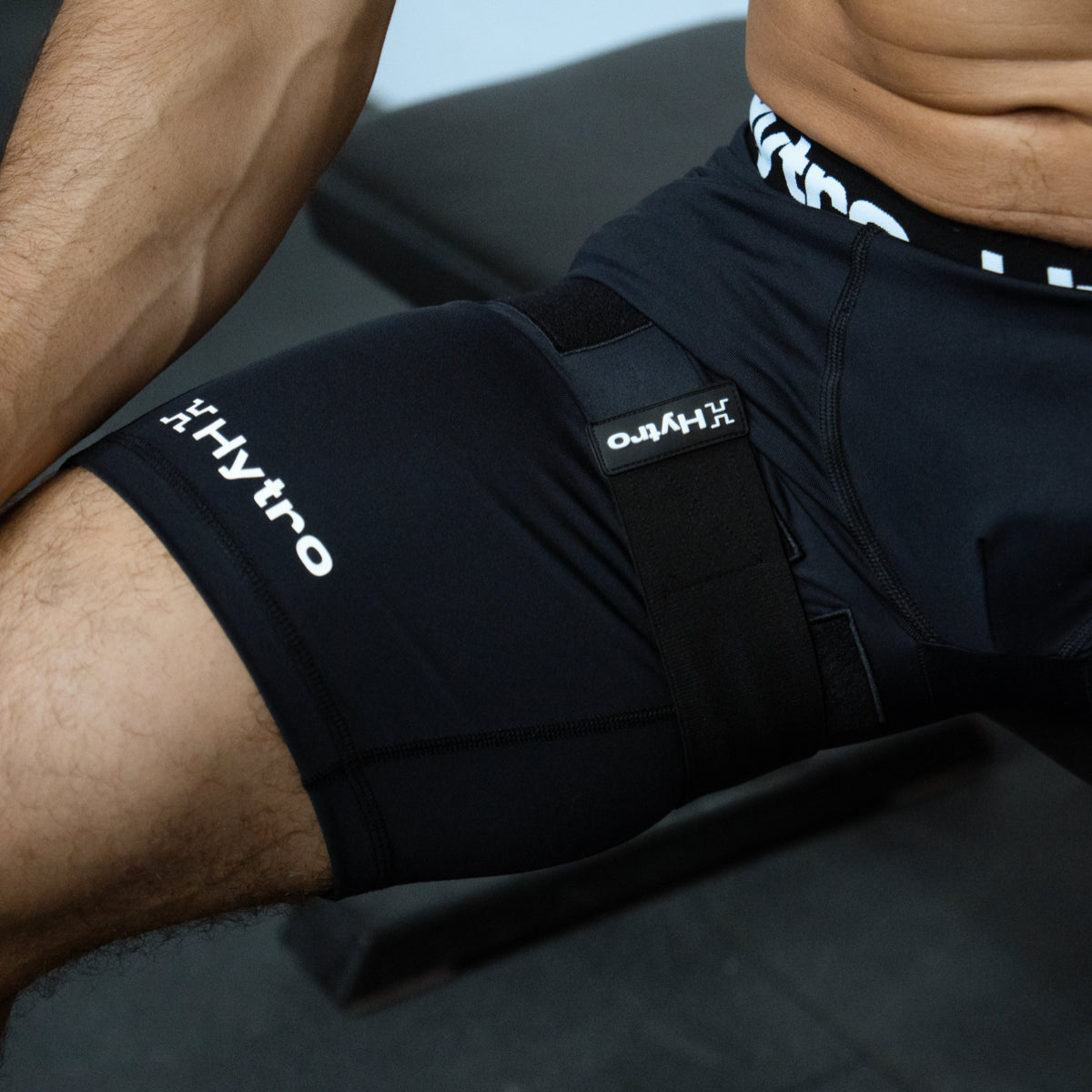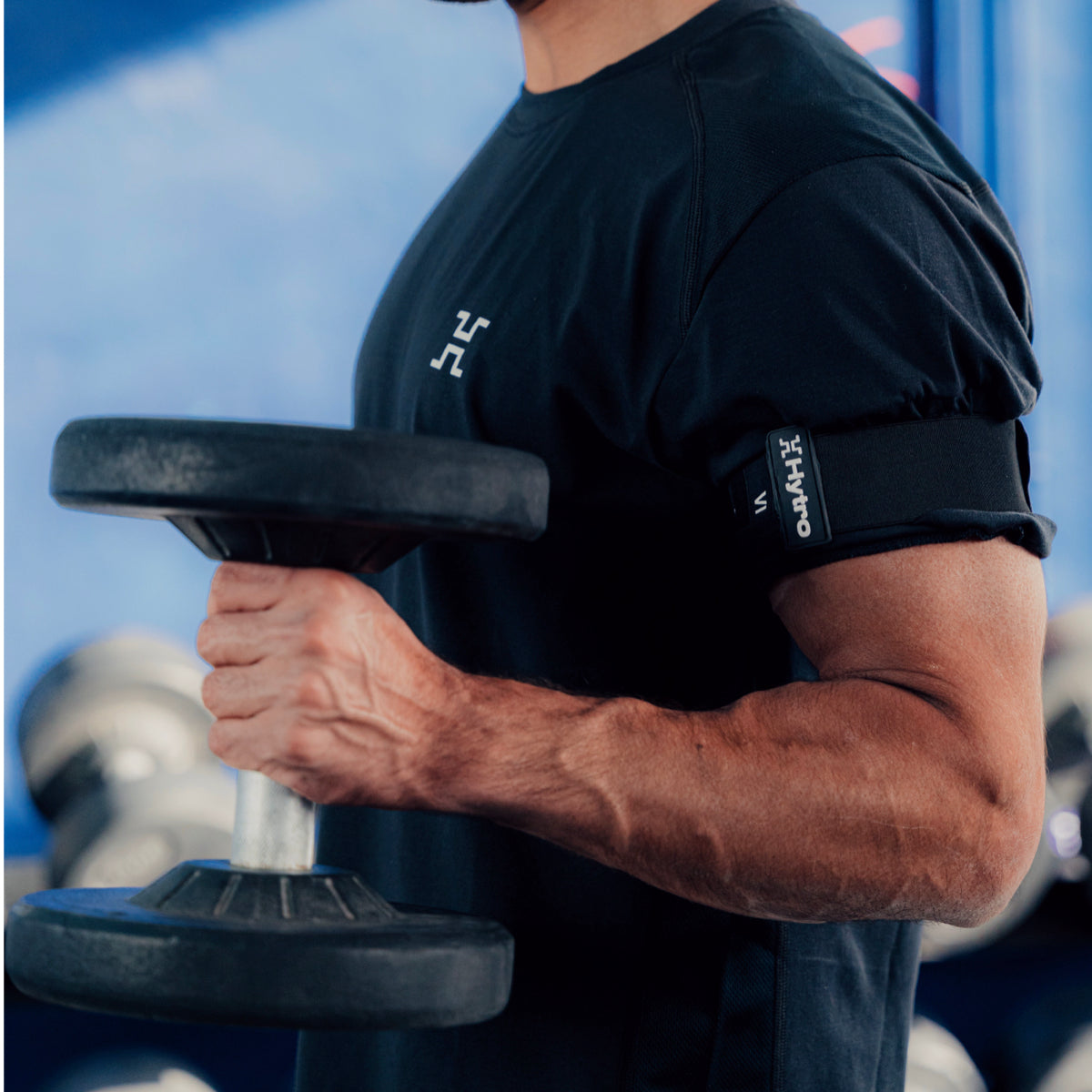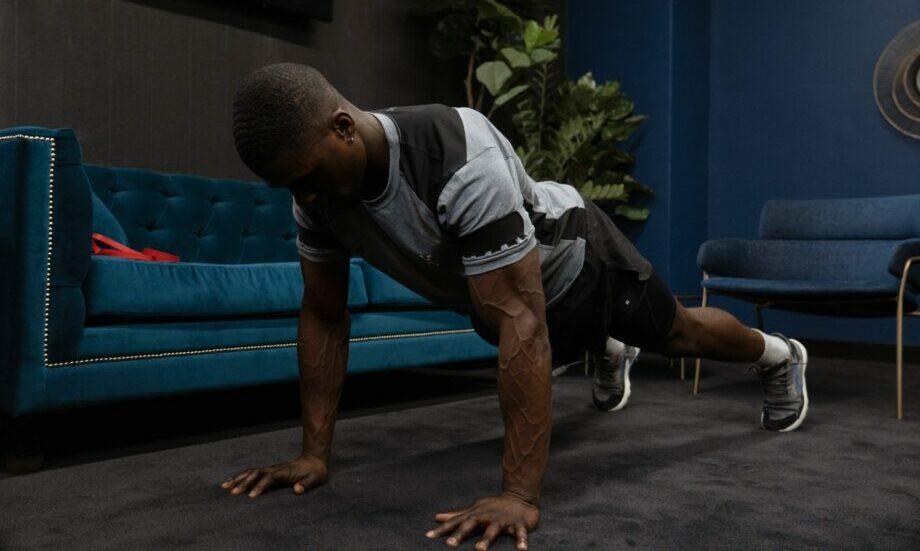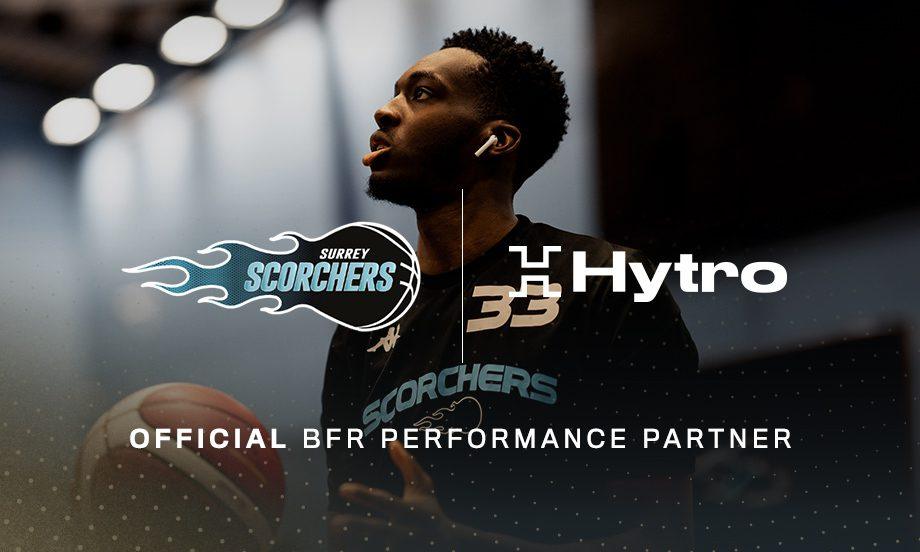Blood Flow Restriction has historically been a rehabilitation tool for athletes and coaches within professional sports. With a deeper understanding of the wider benefits of BFR, Performance BFR emerges as a new category of BFR outlining how to successfully adopt this underutilised methodology to enhance performance and achieve optimal results.

How does BFR work?
Blood Flow Restriction (BFR) involves using a cuff or strap to apply pressure around the upper arm(s) or leg(s), locking blood in the limb(s). The restricted muscles swell with blood while oxygen levels reduce, creating a high pressure environment that increases the benefits of exercise or recovery. Unstrapping the BFR mechanism releases the pressure, ejecting waste materials and inflammation from the muscles and joints, while flushing hormones and fresh nutrient rich blood around the body. Importantly BFR is low impact and highly effective at delivering training adaptations, and recovery benefits.

So, what is Performance BFR?
Once primarily used as a rehabilitation tool, BFR has experienced a significant surge in popularity owing to a deeper understanding of its performance-related benefits, and is now widely used across professional sports performance and recovery. This enhanced understanding has given rise to the overarching concept of “Performance BFR.” This term encapsulates key advantages, such as heightened exercise preparedness, improved training adaptations, effective pain modulation, and accelerated recovery.
Preparation BFR, or ischemic pre-conditioning (IPC), involves using BFR while performing pre-exercise warm-up and mobility routines to accelerate muscle warming and enhance tendon elasticity. It is becoming more commonly used in professional sports teams prior to exercise and prior to competition to help optimise performance and reduce injury risk.
It works by driving blood into structural tissues and muscles, readying them for high-intensity exercise and diminishing the risk of injury. BFR has also been shown to boost exercise performance, particularly endurance. In addition, BFR offers an analgesic, or pain-modulating effect, meaning a reduction in pain for those with joint issues or muscle soreness.

BFR Training involves using Blood Flow Restriction when performing low-load or low-intensity exercise. When lifting light loads with BFR applied, a reduction oxygen levels forces additional muscle fibres to activate, driving performance adaptations that are typically associated with high-load exercises. Similarly, when performing low intensity cardiovascular exercise with BFR applied, low oxygen forces blood vessels to grow and extend deep within the working muscles to help deliver more oxygen, driving endurance adaptations.
BFR Training offers a low impact, quick and simple way to enhance training adaptations, particularly for athletes’ mid-season when training loads are already high. A BFR finisher used at the end of training sessions to maximise gains, or a 20-minute top up BFR session once per week may be all that’s needed to improve athletic performance.

Recovery BFR can be applied either passively or actively, depending on the environment in which it is used. The benefits of Recovery BFR include reduced muscle soreness, decreased joint pain, and improved energy/ lower fatigue. But the real power of Recovery BFR is its simplicity and ease of use, putting it front and centre for professional athletes’ recovery around the globe.
Passive Recovery BFR is typically used in environments where activity is not possible. For example, while travelling on a coach, in the changing rooms post competition, or when relaxing at home. It’s ability to promote recovery while stationary, and its versatility for use on the move, offers simplicity to the recovery process.

Active Recovery BFR on the other hand is applied in the presence of light exercise, a common way to recover known as active recovery. By adding BFR to stretching or mobility, or to light exercise like a stationary bike or a walk, the benefits of recovery are greatly improved.

For both Passive and Active Recovery BFR, BFR works by locking blood in the muscles causing swelling. Outward pressure on the muscle cells triggers the process of muscle protein synthesis (MPS; the central regulatory pathway for muscle health and recovery) to begin, along with the release of other recovery hormones.
As the BFR strap is released, the pressure within the muscles is released, flushing away waste materials and inflammation that built up during exercise and would eventually cause muscle soreness and reduced muscle function. Then, a third process called reperfusion occurs, delivering fresh nutrient-rich blood to the muscles and structural tissues to enhance the recovery process. It is believed that these processes are elevated with light exercise, and therefore Active recovery BFR may provide an additional recovery boost.

BFR is an incredibly versatile tool that when strategically incorporated into preparation, training, and recovery phases, can elevate athletic performance and speed up the recovery process. The benefits of BFR extend broader than ever before due to a recent boom in research and a wide adoption in professional sports, and now, many thousands of athletes and fitness enthusiasts are championing BFR within their training programs.
Get in touch to discuss Hytro for your professional club or team now or shop the Hytro BFR wearables.






Leave a comment
This site is protected by hCaptcha and the hCaptcha Privacy Policy and Terms of Service apply.